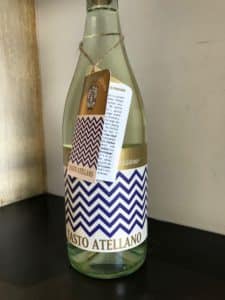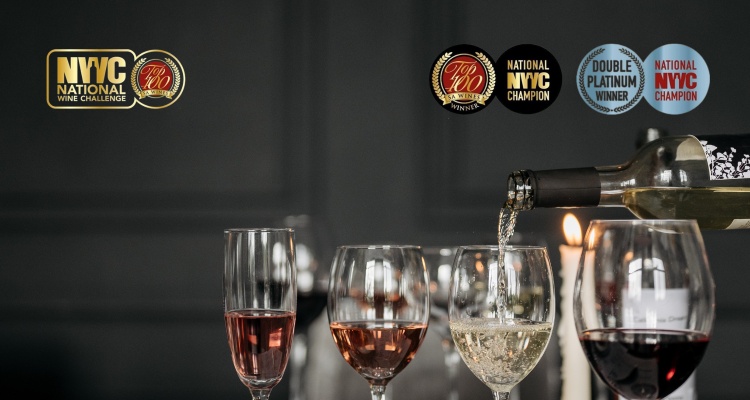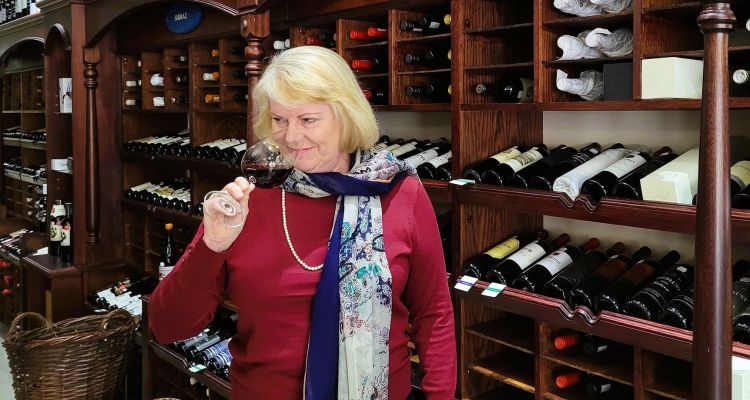Leonardo da Vinci was known as a philosopher, architect, painter, sculptor, designer, writer, mathematician and musician. But few people know that this Italian maestro also poured his heart and soul into the art of wine. Wanda discovered his vineyard in Milan.
The story begins in the family vineyards in Vinci in the Tuscan countryside where Leonardo grew up. Here his genuine and everyday love for vines and wine started, which would remain constant until his death.
Leonardo, born in 1452, was one of the world’s most prolific and most avant-garde masterminds – a true Renaissance man with talents stretching much wider than art and science to include astronomy, cartology, engineering, geology and even botany.
Over the years on his many travels he learned highly advanced winemaking techniques. He was particularly fascinated by the beneficial effect of wine on the soul, and it was an indispensible item on his shopping list. He honed his skills in Florence before moving to the north in 1482 to work for Ludovico Sforza, the visionary duke of Milan who would become one of his most important patrons.
Leonardo’s tenure in Milan was a productive one where he spent 20 years working on various projects, among others the design of the canal system which can still be seen today in the Navigli district. Commissioned by the duke, he also painted the famous The Last Supper mural between 1495 and 1498 in the refectory of the Santa Maria delle Grazie church convent.
To show his appreciation, the duke granted to Leonardo as partial payment a small vineyard situated on the premises of Casa degli Atellani. This gift is said to have held special meaning for Leonardo, because of his love for viticulture and wine, which was documented through the detailed notes he kept, and also because only landowners could become citizens of Milan at the time. He tended to the vineyard while he painted The Last Supper.
Leonardo lived in Milan until he moved to France in 1513, where he would remain until his death in 1519. In his will, he left equal parts of the vineyard to his student and alleged lover Gian Giancomo Caprotti, known as Salaì, and his servant Giovanbattista Villani. Over the centuries the house fell into ruin. In 1920, Ettore Conti, an engineer and magnate in the Italian electricity industry, bought the property and took photos of the remaining vines before restoration work by the famous Milanese architect, Piero Portaluppi, commenced. A fire, urban expansion and bombings by the Allied Forces during the Second World War, wreaked new destruction. Leonardo’s vineyard disappeared.
A forgotten vineyard rises again
A local historian and wine lover noticed a small memorial plaque outside the Atellani house in the early 2000s. The inscription said Leonardo da Vinci had once owned a vineyard there. He knocked on the door and the owners confirmed the information. “Really?” he exclaimed with surprise. “No-one knows this story. We have to tell it.”
This conversation sparked a historic project, including a search for archaeological evidence of the old vineyard more than 70 years after the last vines had died. Although many people were sceptical about the exact site of the original vineyard, the house’s residents kept the story alive over the centuries and could confirm the location. Since 2007 well-known scientists have been working in conjunction with the Portaluppi Foundation, current owners of the Atellani house and the grandchildren of Portaluppi who lovingly restored the house in the 1920s.
They ultimately found small traces of plant residue and seeds, and after this a months-long process ensued to clean the material and to determine whether DNA could be found within the material. DNA was indeed found, but not that of the vineyard. Whole-genome amplification was the next step. This process involved the restoration of the DNA that could be recovered. The result? Remains of the Vitis grape genus. After this a genome amplification followed which produced samples of the Vitis Vinifera. A DNA database search eventually identified these samples as Malvasia di Candia Aromatica, a white grape variety widely planted in Italy.
In 2015 the project leaders planted Malvasia seedlings and Leonardo’s vineyard was restored to its full former glory and introduced to the public. On 12 September 2018 the first grapes after the Renaissance were harvested, and some of the wine is currently resting under the frescos in the Atellani house as a symbol of the eternal bond between Leonardo and Milan.
A hidden jewel
Leonardo’s vineyard, or La Vigna di Leonardo, is situated at the bottom of the Casa degli Atellani garden, across from the impressive Santa Maria delle Grazie church where The Last Supper can be seen. Casa degli Atellani, built in the 1400s, was and still remains the only wine-producing property in the middle of Milan, making it one of the rare and precious remnants of the Renaissance period.
Former owners include the descendants of Italy’s influential Conti and Portaluppi families. Today the property belongs to Bernard Arnault, famed entrepreneur and owner of the ultra-luxury group LVMH. The billionaire’s portfolio inludes some of the world’s best-known brands like Louis Vuitton, Dior, Tiffany & Co and Bvlgari. He also owns various wine and spirits businesses including Ruinart, Dom Perignon, Moët & Chandon and Veuve Clicquot.


Visitors can stay over in the Atellani Apartments, a collection of six boutique apartments overlooking the ivied courtyard of Casa degli Atellani. The apartments are steeped in history and were previously refurbished by Portaluppi’s grandson Piero Castellini Baldissera and his great-grandson Filippo Taidelli.
The garden is a feast for the eyes and you can wander between moss-covered statues guarding over their surrounds. A gravel footpath leads you from the back door of the house to a green oasis and right at the bottom end, somewhat sunken but on the same spot where it stood more than four centuries ago, complete with the same layout and cultivar as the original vineyard, you fall in love with the history of a maestro, his vineyard and love for wine.

Today the property belongs to Bernard Arnault, famed entrepreneur and owner of ultra-luxury group LVMH, which includes brands like Louis Vuitton, Dior, Tiffany & Co, Bvlgari, Dom Perignon, Moët & Chandon and Veuve Clicquot.

Wine from Leonardo’s vineyard can be tasted on the premises. The Tasto Atellano is a fresh white wine from Malvasia grapes with a delicate floral aroma and fresh citrus notes.
Proof of Leonardo’s pioneering work in the field of viticulture can be seen in a letter he sent to his vine grower in Fiesole in 1515. Here you can see his methodical observations and winemaking techniques which today would today would be accepted as self-evident, such as maximising the quality of the grapes, fertilising the vineyard with basic substances, and optimising the winemaking process through fertilisation in sealed barrels, and regular decanting.
Leonardo’s forgotten vineyard lives again.
Click here to get your copy of WineLand Magazine and here to subscribe to our newsletter.













